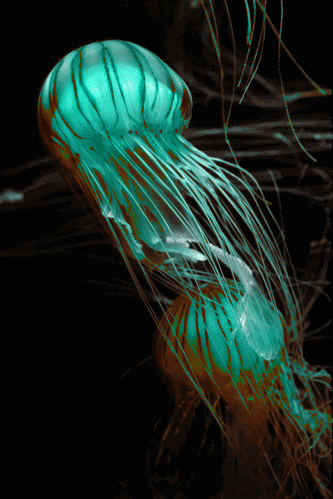

Moderators: Elvis, DrVolin, Jeff






The Farallon Plate was an ancient oceanic plate, which began subducting under the west coast of the North American Plate— then located in modern Utah— as Pangaea broke apart during the Jurassic period. It is named for the Farallon Islands which are located just west of San Francisco, California.
Over time the central part of the Farallon Plate was completely subducted under the southwestern part of the North American Plate. The remains of the Farallon Plate are the Juan de Fuca [off the coast of California, Oregon, Washington?], Explorer and Gorda Plates [off the coast of northern California], subducting under the northern part of the North American Plate, the Cocos Plate subducting under Central America and the Nazca Plate subducting under the South American Plate.
It is thought that much of the plate initially went under North America (particularly the western United States and southwest Canada) at a very shallow angle, creating much of the mountainous terrain in the area (particularly the southern Rocky Mountains). A large fragment of the subducted plate is believed to presently be in the mantle under eastern North America. It is also speculated that the associated spreading center was also subducted and may be responsible for the rifting which has created the Basin and Range geologic province.
The Farallon Plate is also responsible for transporting old island arcs and various fragments of continental crustal material rifted off from other distant plates and accreting them to the North American Plate. These fragments from elsewhere are called terranes (sometimes, "exotic" terranes). Much of western North America is composed of these accreted terranes.
Users browsing this forum: No registered users and 7 guests